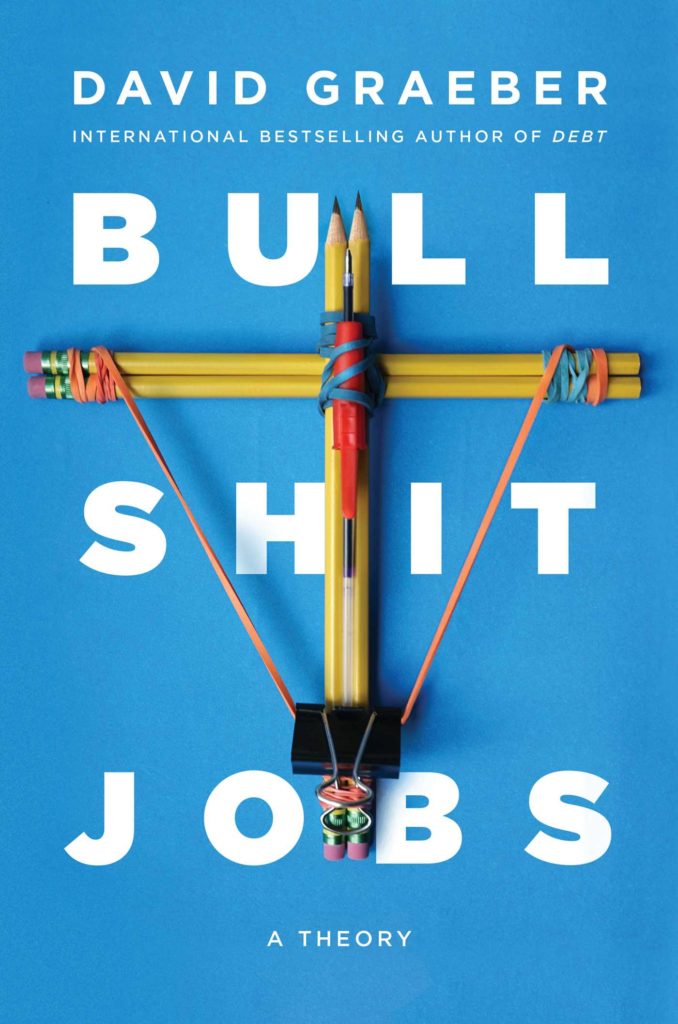
Female leadership is a crucial agenda item for major corporations. Over the past years, the perception of female leaders has improved, along with the increased participation of women in the workforce. However, for many people, the mental model for leader still fits the phrase “think manager—think male”. Likewise, a large-scale survey of the German socio-economic panel shows that women are still falling behind when it comes to high-level promotions.
The negative attitude towards female leadership not only affects how women are perceived in their leadership role, but also negatively influences the performance of their subordinates. In our research, we set out to understand the processes that keep this negative image in place, and investigated whether a respectful leadership strategy could counter the effects.




 It is difficult to overlook the growing number of reports and studies documenting the downward spiral of personal financial wellness within the United States. The
It is difficult to overlook the growing number of reports and studies documenting the downward spiral of personal financial wellness within the United States. The  By the end of this month, the Internal Revenue Service will have
By the end of this month, the Internal Revenue Service will have Compared to other workers, mothers face a number of disadvantages, including lower wages, bias in recruitment and promotion, and a greater risk of joblessness. These disadvantages may be more prevalent in professional jobs where ‘ideal worker’ norms are most salient. Professional employers tend to view mothers as less competent and committed than other workers—a major stigma in careers that require around-the-clock dedication.
Compared to other workers, mothers face a number of disadvantages, including lower wages, bias in recruitment and promotion, and a greater risk of joblessness. These disadvantages may be more prevalent in professional jobs where ‘ideal worker’ norms are most salient. Professional employers tend to view mothers as less competent and committed than other workers—a major stigma in careers that require around-the-clock dedication. Fifty years after the civil rights movement, racial economic inequality remains a major fact of American life. In fact, the gap in family income between blacks and whites has been almost perfectly constant since the 1960s.
Fifty years after the civil rights movement, racial economic inequality remains a major fact of American life. In fact, the gap in family income between blacks and whites has been almost perfectly constant since the 1960s. The current trend for fashionable post- and anti-work thinking has been given a boost by David Graeber’s book
The current trend for fashionable post- and anti-work thinking has been given a boost by David Graeber’s book 